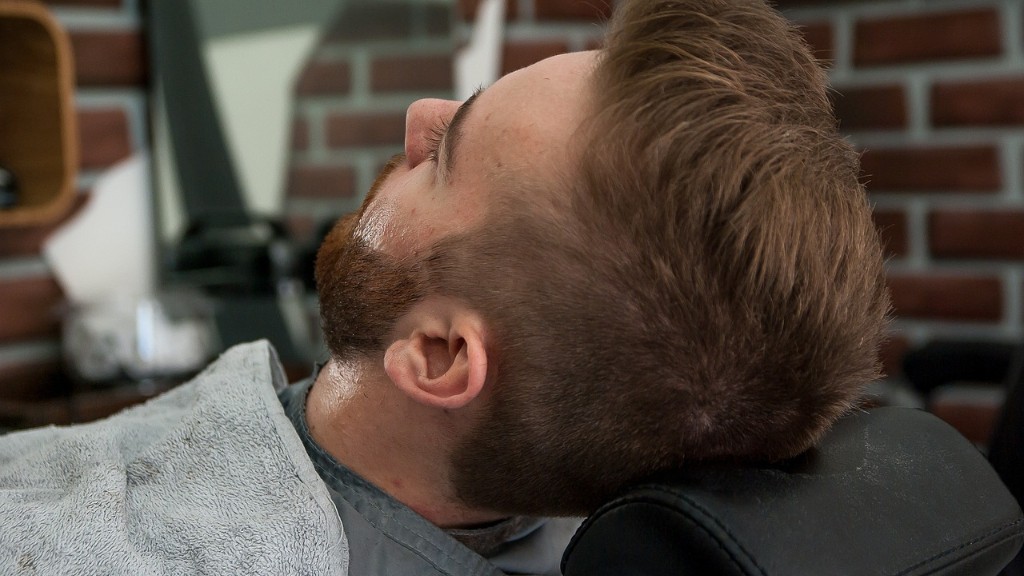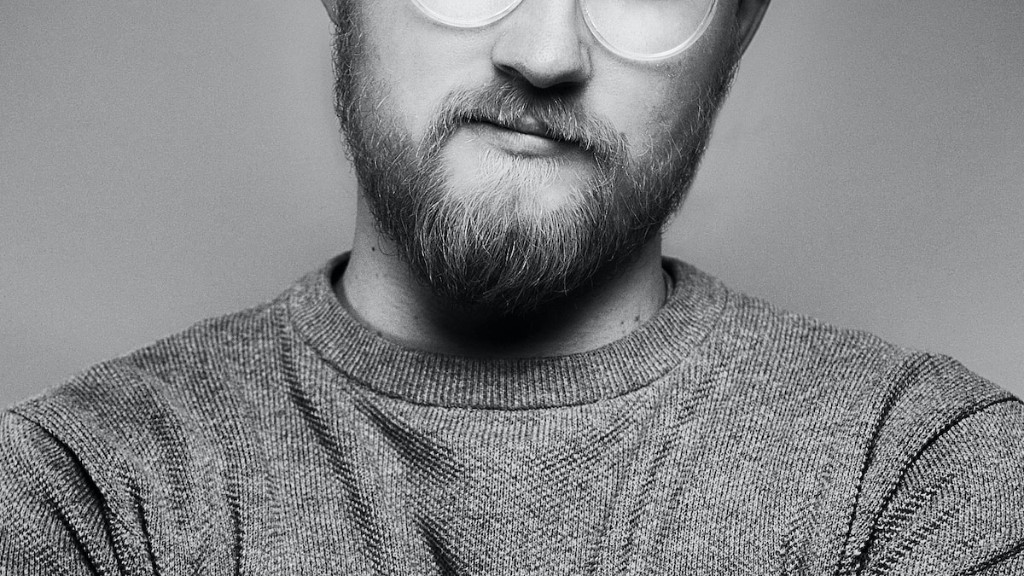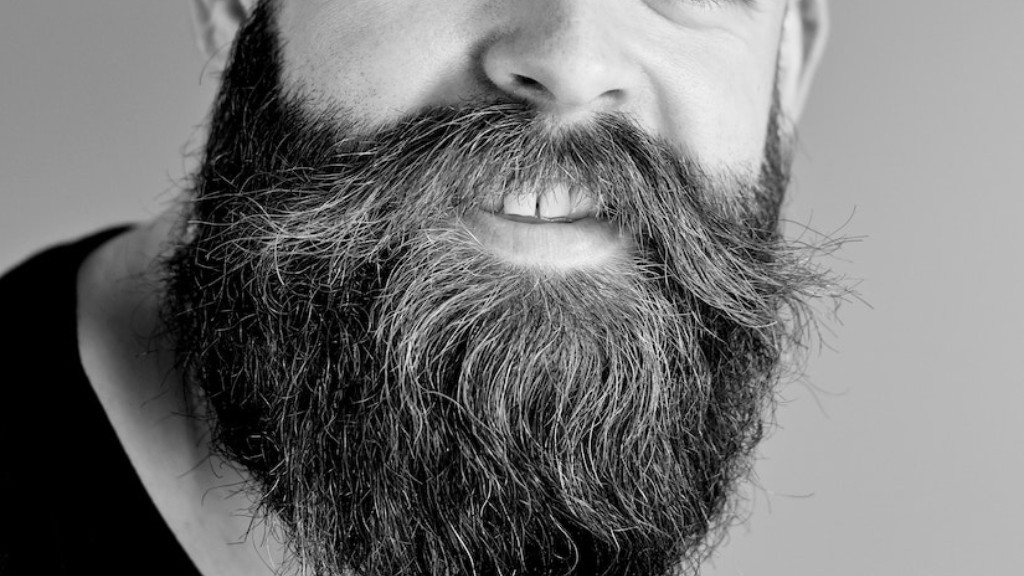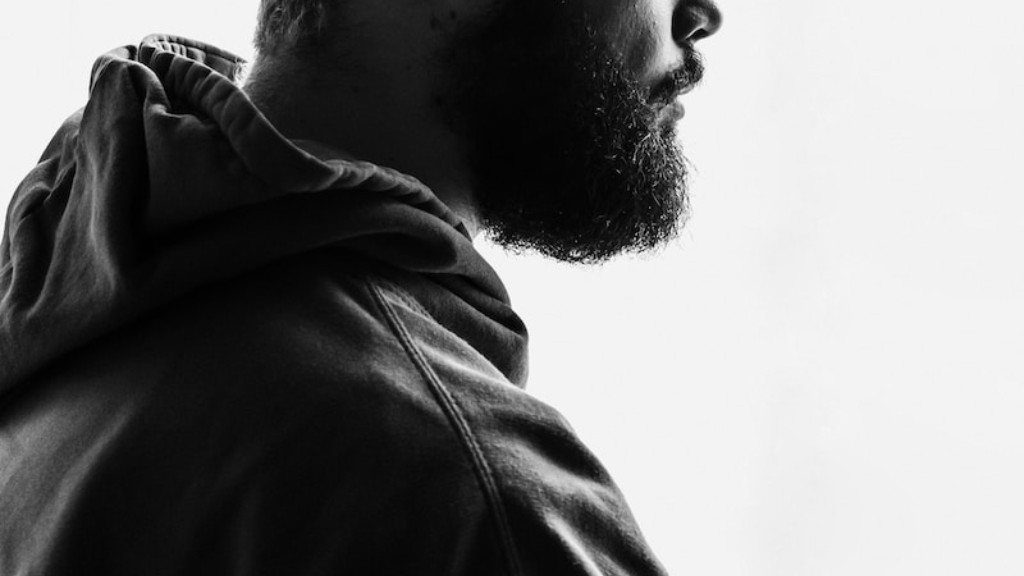There are a variety of reasons why someone might be able to grow a mustache but not a beard. It could be due to genetics, hormone levels, or even the way that they shave. No matter the reason, it’s definitely possible to have a mustache without a beard!
It’s not entirely clear what you are asking, but the answer is probably that some men can grow mustaches but not beards because they cannot grow hair on the lower part of their face.
Why can I grow moustache but not beard?
There are many reasons why some men cannot grow facial hair, the most common being genetics. Some men who have trouble growing beards have turned to beard implants to help them achieve the look they desire. While there are many options available to those who want to grow a beard, it is important to remember that not every man is able to grow facial hair.
There’s a common misconception that men who don’t have beards must have low testosterone levels. However, that’s not entirely true. While testosterone can influence facial hair quality, if your genes aren’t favorable for beard production, testosterone can’t help. Most men have similar levels of testosterone, regardless of whether or not they have a beard. So if you’re wondering why you can’t grow a beard, it’s likely due to genetics, not testosterone.
Why my beard is not growing
If you’re struggling to grow a fuller, thicker beard, it may be due to factors out of your control, like genetics or hormones. However, there are some things you can do to help encourage beard growth. Make sure you’re eating a balanced diet that includes all the necessary nutrients and vitamins. You can also try using beard-specific products, like oils and balms, to help hydrate and nourish your facial hair.
Facial hair growth is affected by many factors, including genetics. Some people may not see their full beard potential until they are older, while others may have different rates of growth due to their ethnicity.
How can I stimulate my beard to grow?
A healthy diet and lifestyle are the best ways to promote beard growth. Exercise, proper sleep, and good hygiene are also important. Supplements and vitamins may be beneficial, but they are not necessary.
It’s normal for most men to start growing facial hair in their early 20s, though some may need to wait until they hit 30 to reach full beard growth. Puberty usually initiates the facial hair growing process, but how fast and thick your beard grows will depend on factors like genetics and hormone levels. If you’re patient and wait it out, you’ll likely end up with a full, thick beard that you can be proud of.
Does patchy beard mean low testosterone?
If you’ve ever wondered why your beard grows in patchy or uneven, it’s not because of low testosterone levels. Rather, it’s mostly due to how sensitive your hair follicles are to dihydrotestosterone (DHT), a male sex hormone produced by testosterone. So if you’re looking to grow a fuller, thicker beard, focus on increasing your testosterone levels and optimizing your DHT sensitivity.
males with high testosterone can experience the following symptoms:
– body hair growth
– mood disturbances
– acne
– increased libido
– aggressive behavior
– enlarged prostate
– shrunken testicles
How can I test my testosterone levels at home
It is possible to test your testosterone levels at home using an at-home testosterone test kit. The testosterone test kit is a finger prick test and the test kit contains a finger prick device. It is best to do the finger prick test when your body is warm, for example after a warm bath or shower.
The hormone testosterone plays a role in many different body processes, including hair growth. Testosterone stimulates the production of keratin, a protein that helps to form both hair and nails. In addition, testosterone increases the blood flow to hair follicles, which provides the follicles with the nutrients they need to grow.
Facial hair is typically the first type of hair to respond to increased testosterone levels. This is because the follicles on the face are more sensitive to the hormone than those on the scalp. As testosterone levels continue to rise, other types of hair, such as pubic hair and body hair, will also begin to grow thicker and darker.
The research found that there was no relationship between a man’s testosterone levels and the length of his beard. This goes against the hypothesis that men with longer beards have higher testosterone levels and are more dominant.
Beards never stop growing; however, individual hairs reach a maximum length, fall out, and begin the growth cycle again. In addition, there is a host of factors that can change growth rate, full length, and length in general.
Why am I 25 and cant grow a beard
The most common cause of beard growth is genetics, meaning it may run in your family. Testosterone levels should also be evaluated for the same. Even if the levels of testosterone are normal, you may not have the necessary receptors for beard growth on your face. There are no creams, oils or tablets to induce beard growth.
Some men mature later in life when it comes to growing facial hair. If you don’t have a beard yet, don’t worry! It’s very possible that you will start to grow one in your 30s. Take a look at your family members to see if this is a common trait.
Why don’t I have a beard at 23?
There is a lot of variation in how much facial hair people grow, and this is largely determined by genetics. Some people may start to notice their beard growing in more fully around age 23, but for others, it may not come in until they are closer to 30. And after 30, the amount of beard hair you have may start to slowly decline. For those who are concerned about losing their beard, a hair transplant may be an option to consider.
The truth is that the hormones responsible for beard growth are testosterone and dihydrotestosterone (DHT). While testosterone is responsible for hair follicle priming, DHT promotes the linear growth of facial hair.
Warp Up
There are a few reasons why someone may be able to grow a mustache but not a beard. One reason could be that the person doesn’t have enough testosterone, the hormone that’s responsible for facial hair growth. Another possibility is that the person’s hair follicles are sensitive to androgens, meaning they can’t handle the testosterone and quickly turn it into another hormone called DHT, which causes the hair to fall out.
There are many reasons why someone might be able to grow a mustache but not a beard. It could be due to genetics, hormones, or even the way they shave. Whatever the reason, it’s not uncommon for someone to be able to grow a mustache but not a beard.





